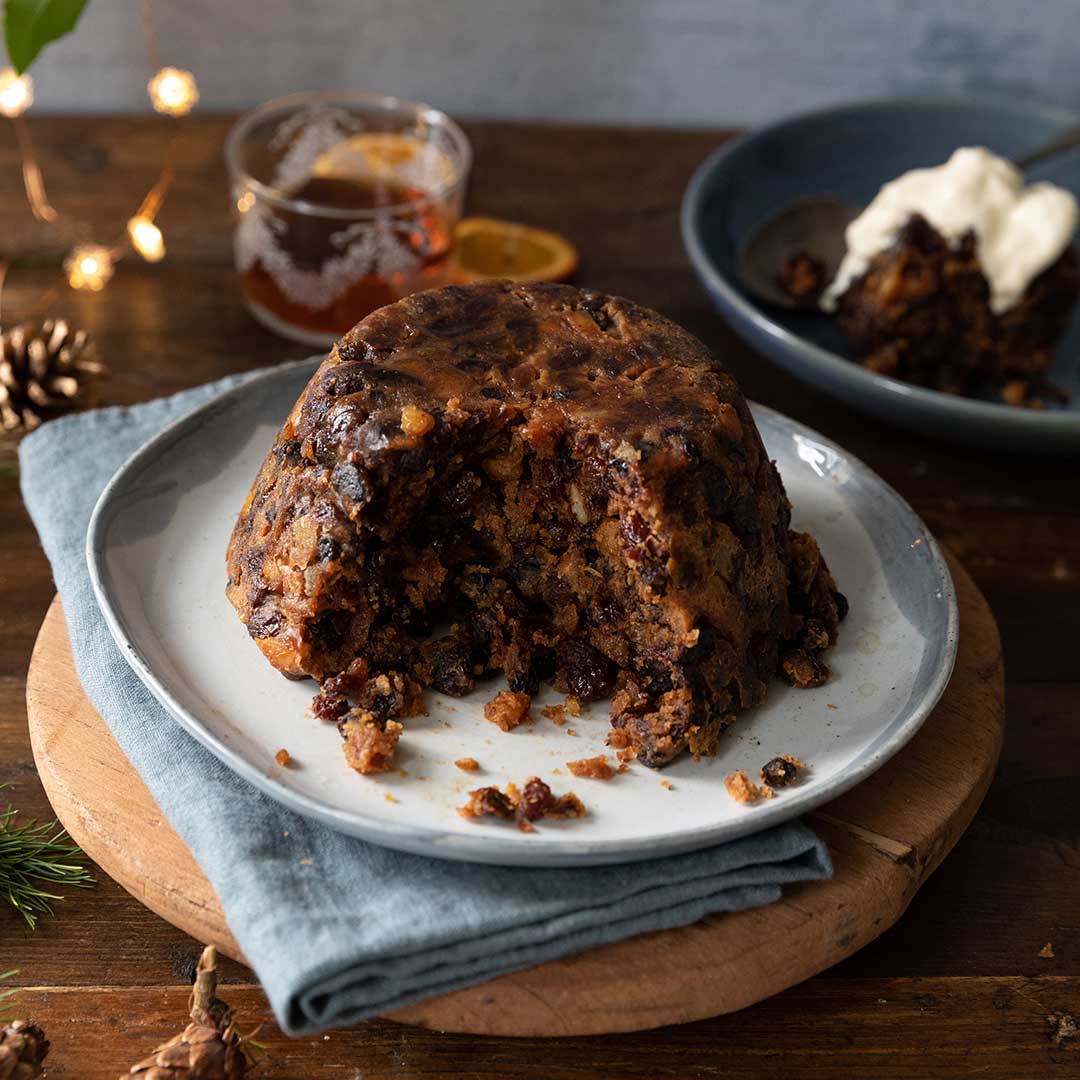

How To Re-Heat a Christmas Pudding
About this recipe:
Christmas puddings are usually made many months in advance and have a second cooking before serving. Choose your preferred method to do this, in the microwave, on the hob or in the oven from the table below.
Method:
| Microwave Method | Hob Method | Oven Method | |
| Preparation |
Remove the kitchen foil, check the pudding is in good condition and replace the parchment layer. Re-cover the pudding loosely with cling film, which will allow steam to escape. |
Remove the kitchen foil, check the pudding is in good condition and replace the parchment layer. Re-cover the pudding dish with kitchen foil, tucking it in well at the outer rim. |
Remove the kitchen foil, check the pudding is in good condition and replace the parchment layer. Re-cover the pudding dish with kitchen foil, tucking it in well at the outer rim. |
| Method | Put the pudding(s) into the microwave and close the door. |
Stand the pudding(s) in the bottom of a large pan and add boiling water until it comes half way up the pudding dishes. |
Stand the pudding(s) in the bottom of a deep oven dish and add boiling water until it comes half way up the pudding dishes. |
| Temperature | Turn the microwave to full power (800w). | Set the hob control for gentle simmering. |
Pre-heat the oven to 180°C, Fan 160°C, 350°F, Gas 4. |
| Time |
Cook for 3 minutes then leave to stand for 2 minutes. For mini puddings, cook each for 1 minute, then leave to stand for 1 minute. |
Put the lid on the pan and simmer gently for 60 minutes. For mini puddings, simmer gently for 30 minutes. Check the hot water halfway and refill if needed. |
Cover the oven dish with a lid or kitchen foil and bake in the hot oven for 60 minutes. Check and refill the hot water halfway if needed. Cook mini puddings for 30 minutes. |
| Serving |
Carefully remove the pudding dish(s) from the microwave. Remove the cling film and parchment paper. Run a warm knife around the inside edge of the bowl. Put a warm plate on top of the pudding basin, carefully invert the pudding and let it slide onto the plate. Keep warm until serving. |
Carefully remove the pudding dish(s) from the saucepan of hot water. Remove the kitchen foil and parchment paper. Run a warm knife around the inside edge of the bowl. Put a warm plate on top of the pudding basin, carefully invert the pudding and let it slide onto the plate. Keep warm until serving. |
Carefully remove the pudding dish(s) from the dish of hot water. Remove the kitchen foil and parchment paper. Run a warm knife around the inside edge of the bowl. Put a warm plate on top of the pudding basin, carefully invert the pudding and let it slide onto the plate. Keep warm until serving. |
| How To Flame a Christmas Pudding |
|
||
Leave a review?
Leave a Reply
YOU MAY ALSO LIKE


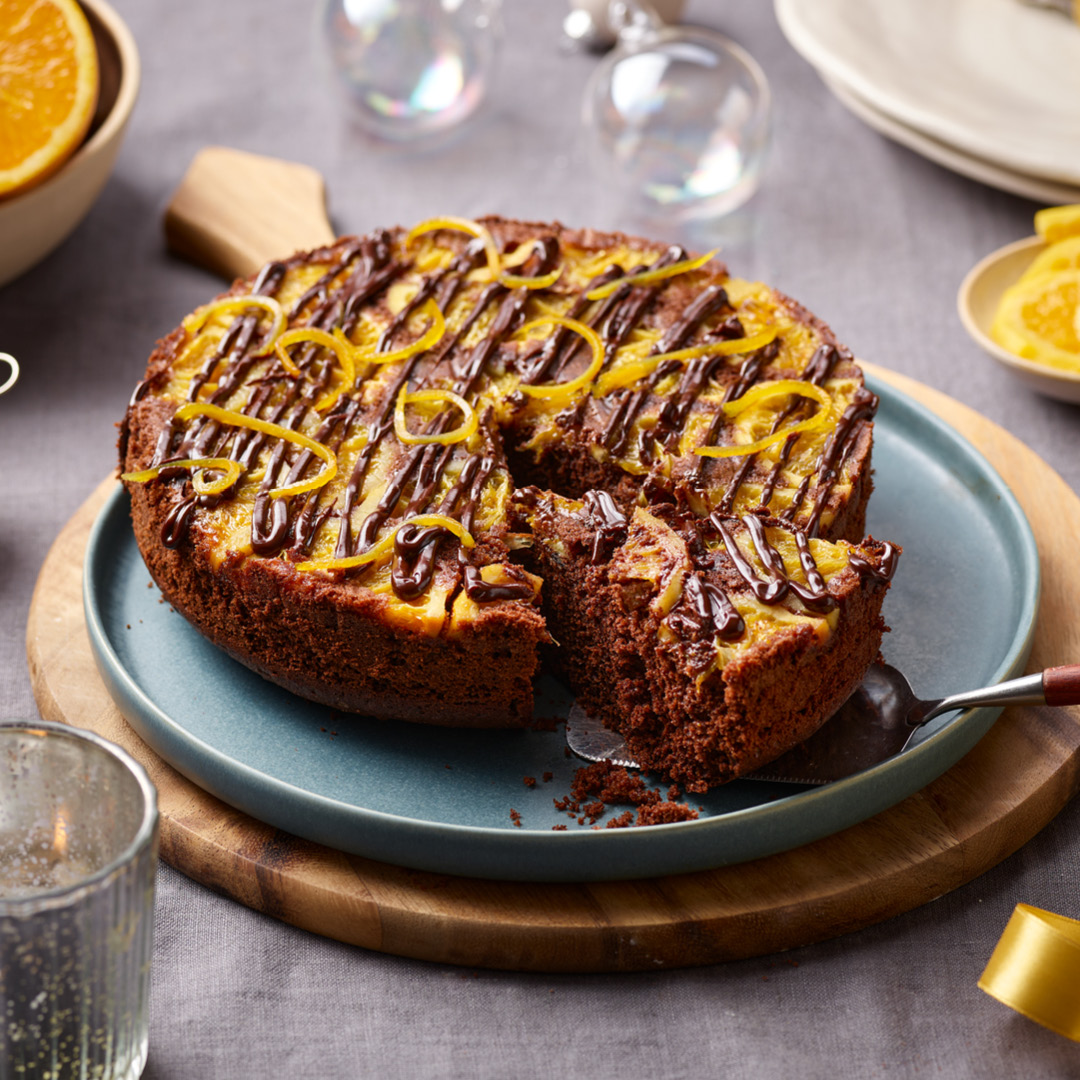
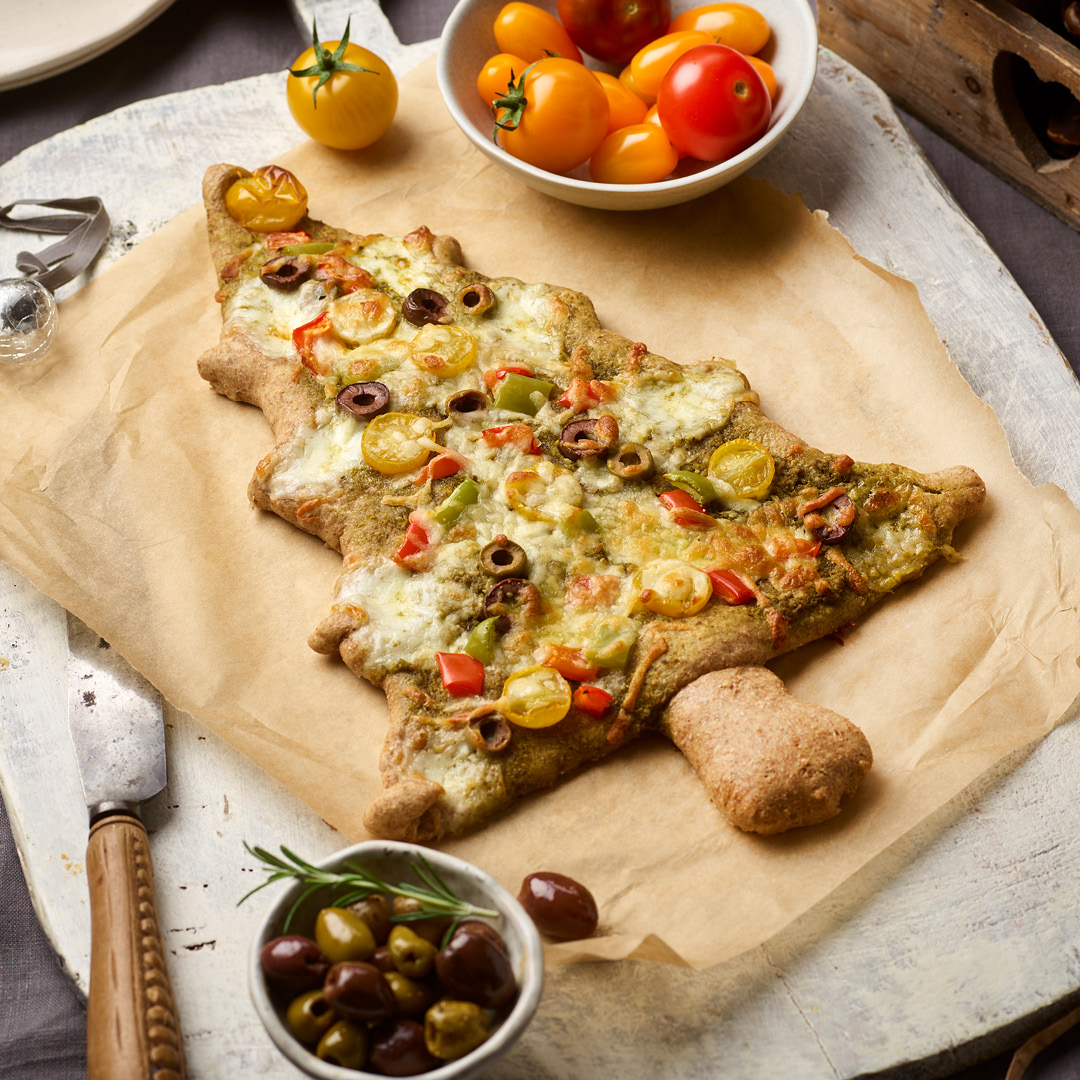
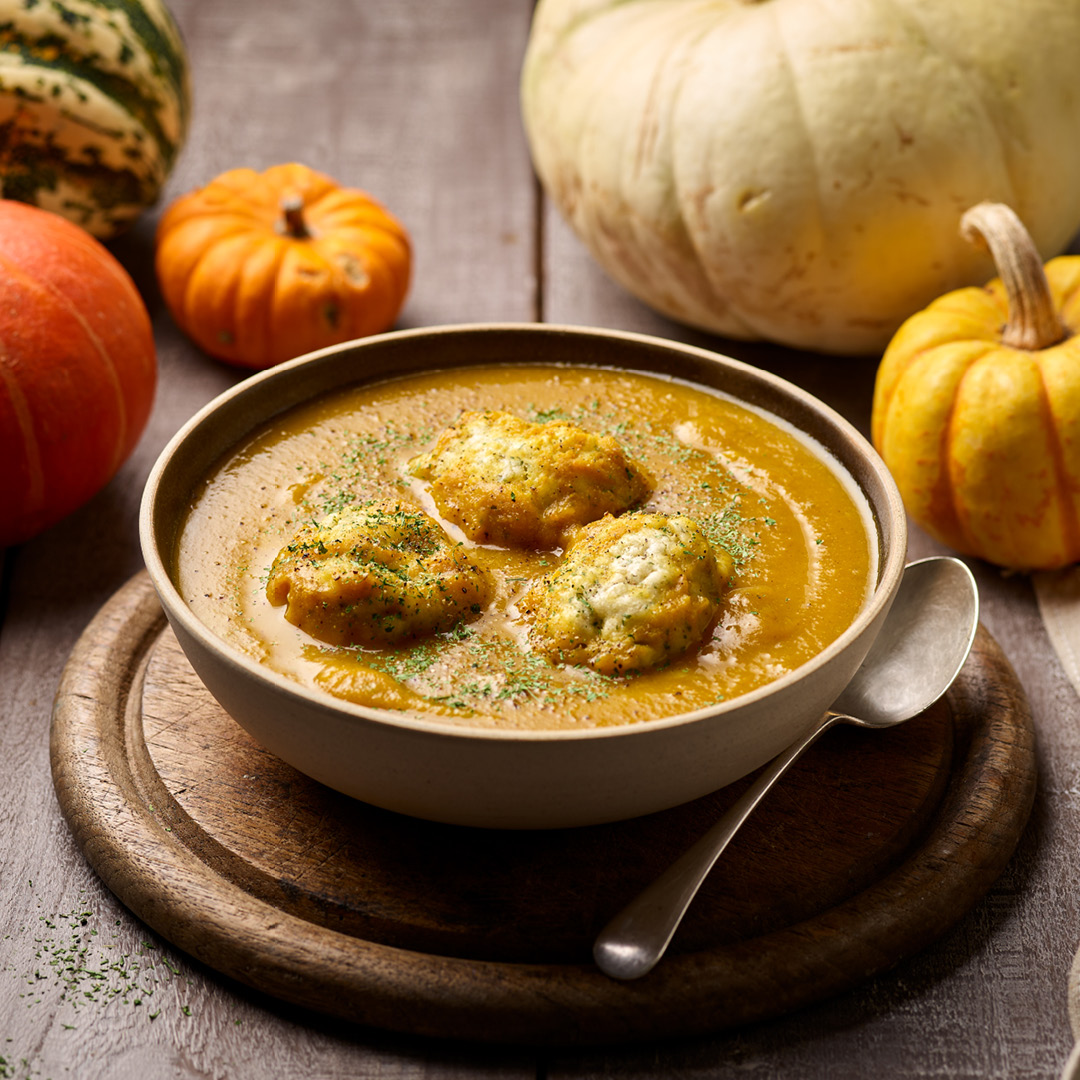
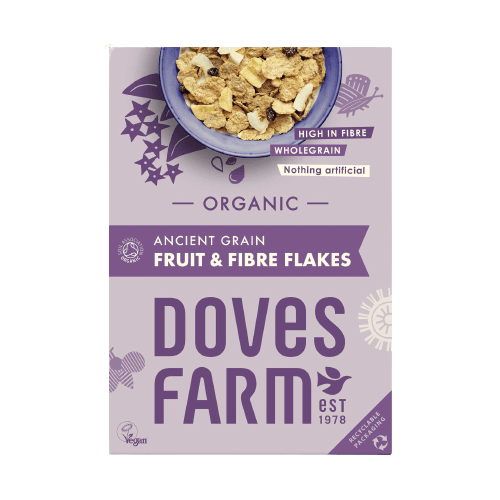
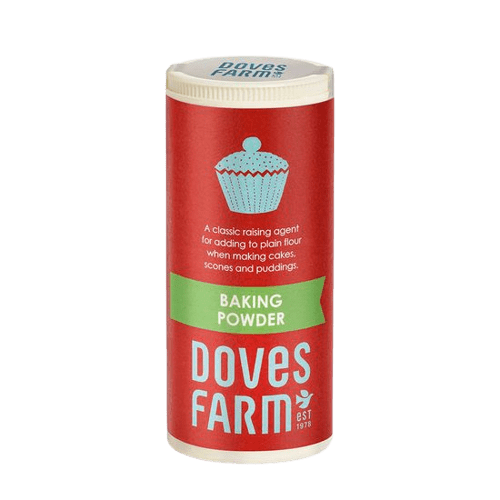


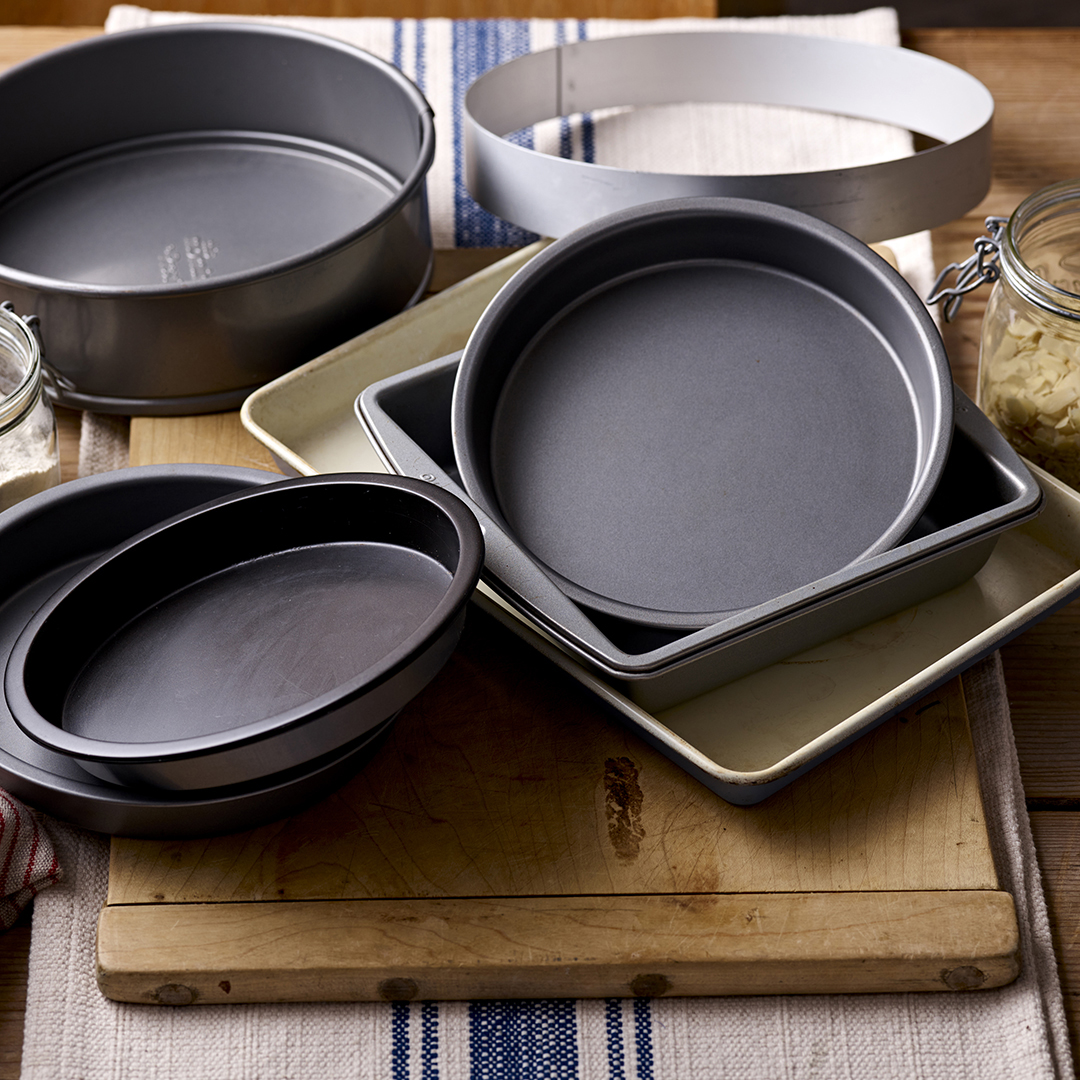
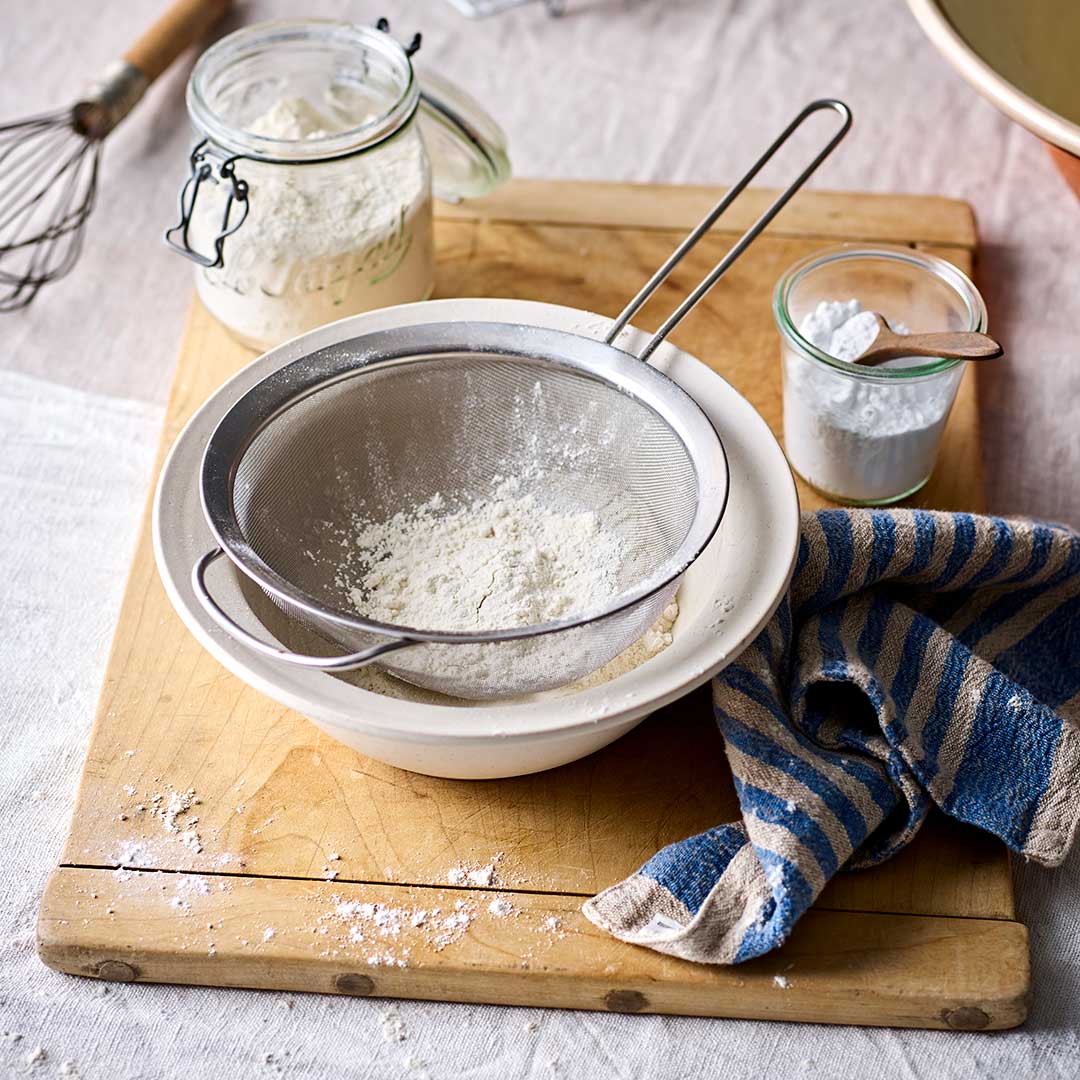
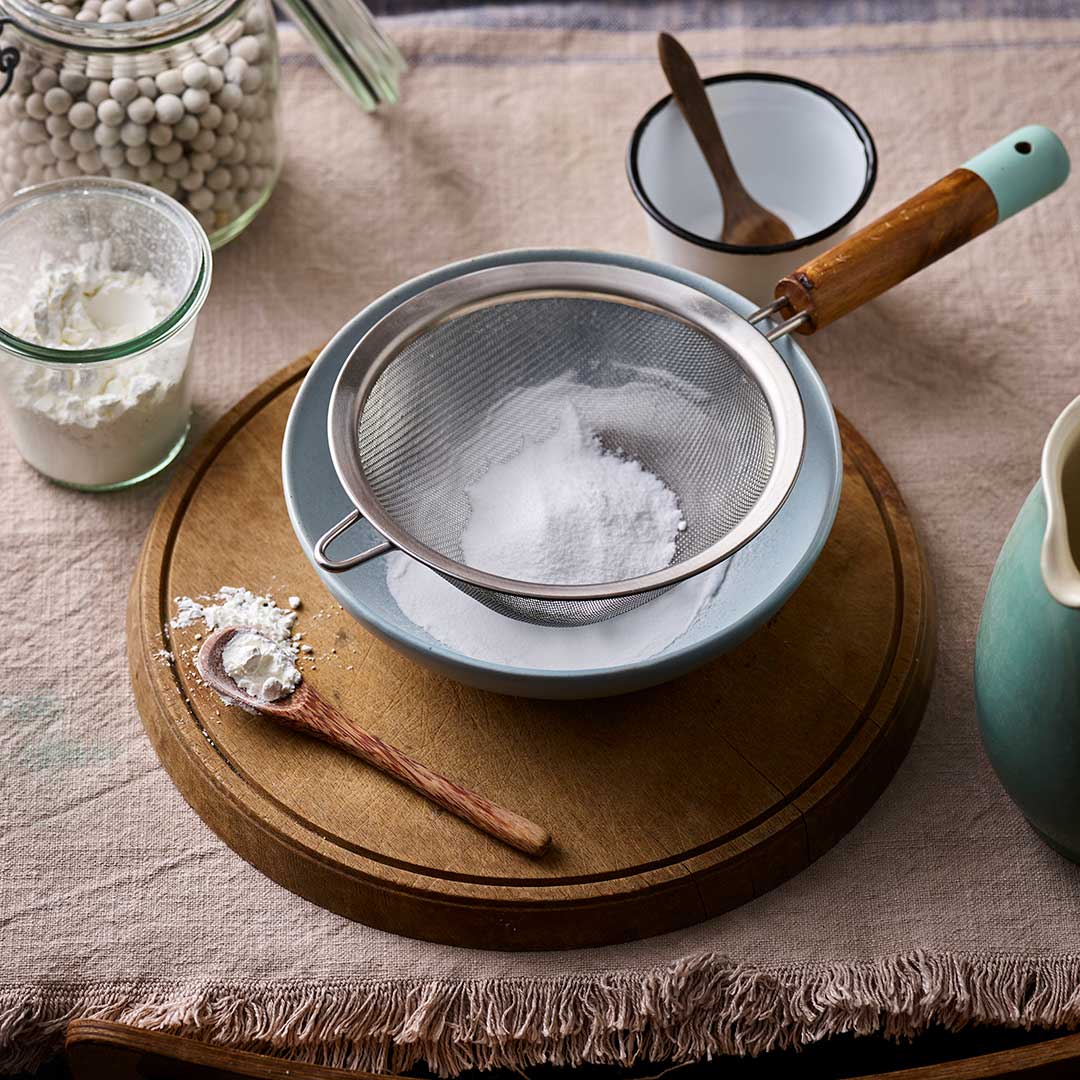
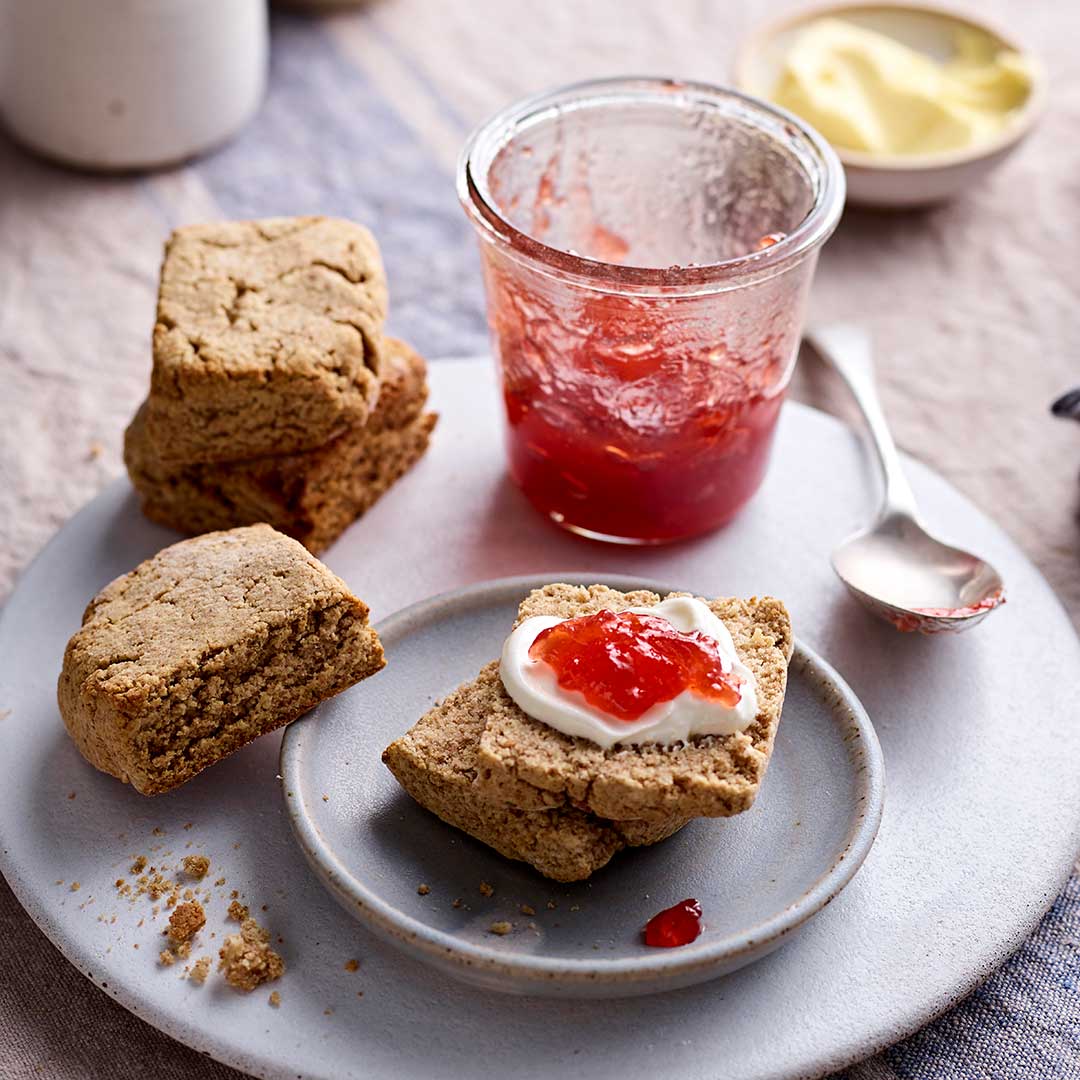






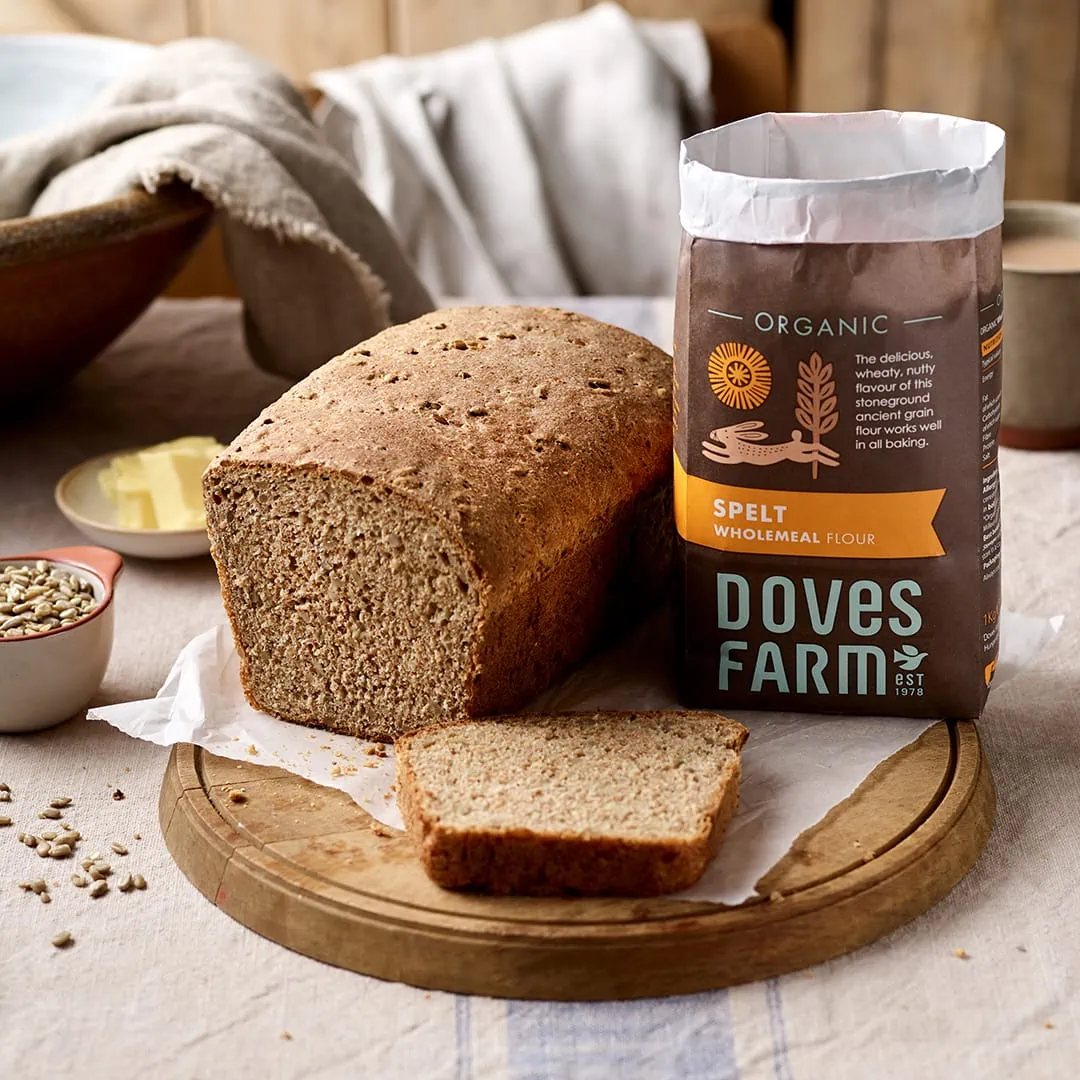
Annie Cornish
My Mum sliced pudding then fried in butter.Sprinkled with granulated sugar, with warm custard or cream, delicious!!
Reviewing: How To Re-Heat a Christmas Pudding